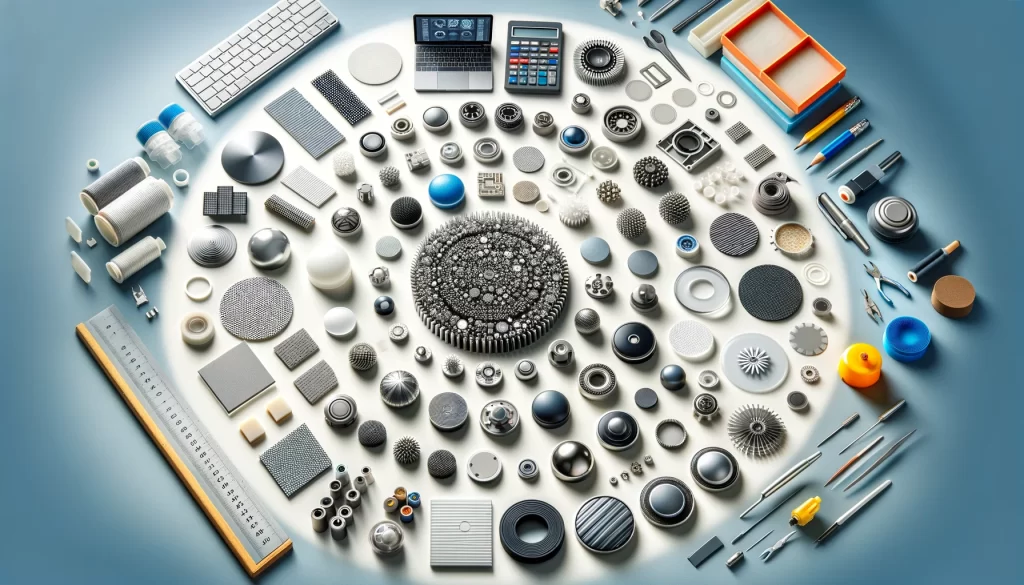Introduction
Selecting the appropriate materials for custom membrane switches is a critical decision in the manufacturing process. This guide aims to provide insights into the various materials available and their suitability for different applications, a crucial aspect for companies like ElastoKey specializing in custom membrane switch production.
Key Materials in Membrane Switch Construction
- Graphic Overlay Materials:
- Polyester: Known for its durability and resistance to environmental factors.
- Polycarbonate: Offers clarity and is easier to emboss, but less durable than polyester.
- Circuit Layer Materials:
- Copper Flex: Ideal for applications requiring robustness and longevity.
- Printed Silver Circuits: Cost-effective and suitable for less demanding applications.
- Adhesive Layer:
- Acrylic adhesives are used for their strong bonding and resistance to heat.
- Silicone adhesives offer flexibility and are better for uneven surfaces.
- Dome Materials:
- Metal Domes: Provide a tactile response and are highly reliable.
- Polydome: A more cost-effective option with a different tactile feel.
Factors to Consider When Choosing Materials
- Environmental Conditions: Consider factors like temperature, humidity, and exposure to chemicals.
- User Interface Requirements: Tactility, clarity of the overlay, and backlighting needs.
- Durability and Lifespan: Depending on the application, select materials that offer the required durability.
- Cost Considerations: Balance between material quality and budget constraints.
Customization for Specific Applications
- Medical Devices: Prioritize materials that are easy to clean and sterilize.
- Industrial Controls: Focus on durability and resistance to harsh conditions.
- Consumer Electronics: Aesthetic appeal and touch sensitivity are key.
Prototyping and Testing
Before finalizing the materials, create prototypes and conduct tests to ensure that the chosen materials meet all functional and aesthetic requirements.
Conclusion
Choosing the right materials for custom membrane switches is a nuanced process that requires a deep understanding of the application, environmental factors, user interface requirements, and cost considerations. For manufacturers like ElastoKey, this knowledge is essential to deliver high-quality, durable, and functional products that meet client specifications.

